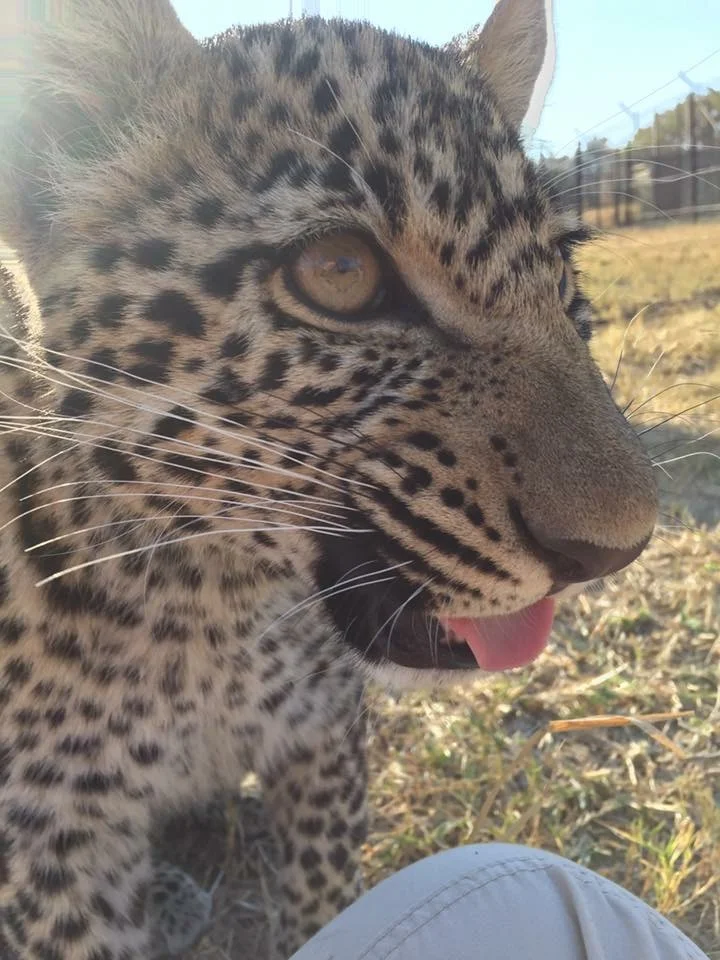Hey Guys!
Just over a week ago I had the pleasure of attending the Atlantic Provinces Veterinary Conference, in Halifax!
It is always such an amazing experience, no matter where you go, to meet like minded people. We refer to these conferences as “continuing education” and today I want to talk to you a little bit about it, and why it is important, particularly in a field like veterinary medicine!
Any medical field is always rapidly changing. There are always new techniques, and there is always new information. You’ve all heard it before: you never stop learning! The main goal of continuing education is to help everyone advance. It is important to continue to learn in order to become more effective, efficient, and connected.
At these conferences, veterinarians have a first hand opportunity to learn about new surgeries, treatments, technologies, and products that have entered the market. They also get to talk with many of their colleagues, and to pass on knowledge they acquire to other vets to help them become the best doctors they can be. Continuing education allows one space for everyone to get together, catch up, and share things they’ve learned. Guest speakers are usually specialists in their fields, and have so much to offer!
The conferences are not just for veterinarians, however! Technician lectures at conferences like the APVC often focus on techniques, diagnostics, and procedures technicians routinely perform. Having a strong team that can communicate well, and are all as advanced in their fields as possible, makes for a very happy workplace.
I attend APVC as a “tech,” so that I can attend lectures that may be beneficial to my career and my current position with Seaside Home Veterinary Care. Officially, I am an assistant, (shhh, don’t tell) and most of the lectures geared towards my credentials are focused on "front end” (i.e.: reception) staff, and practice management! This year I chose some lectures that were very fun and informative technician lectures (911, The 5 Most Common Emergencies, Otitis (Ear Infections) - Never Ending War Problems), but the most important ones I attended were about making connections with our clients, and how we can help the business become more cat friendly!
Starting with the communication information: the front end staff at a stationary clinic put up with a lot. They have stressed owners, stressed animals, and stressed vets and techs. In this profession it is IMPERATIVE that we never let an upset in OUR day, have any sort of effect on our client’s days! We all have basic communication skills, but we can always improve on how we form relationships with people. We care about our clients so much, and ensuring that at the end of the day they are happy with the service we provide for their pet is so so important. Some of the most important things I’ve picked up in communication lectures are based on knowing it is okay to say “I’m sorry.” Owning up to your mistakes is such an easy way to repair a relationship with someone. Honesty is the best policy, and there is never any shame in a good ole I’m sorry, as long as you mean it. And in the same vein: honesty is important. If clients have questions about their pets, their medications, their bills, we want them to know that they can always come to us! There are no dumb questions, and we will always be transparent with you.
Now onto the kitties!
Some of my favourite lecturers added lions to jazz things up ;) Obviously I was hooked.
Being a house call service, we see a lot of pets who can’t get out of the house for one reason or another. A little over half of our patients are cats, so we see quite a few kitties! There is a HUGE stigma surrounding cats, which I talked a little bit about in a previous blog post. (Things You Don’t Want to Ask Your Vet). Our goal is to help alleviate this stigma, and show the world that it is unfair to make a judgement based on an animal in the scariest times of their life! You all know I am a cat person, and love my boys more than anything in the world. But when it comes to doing Bensen’s anal glands... forget about it. Cats tend to be more independent than dogs, so we see a lot more reaction from them than the typical dog. The thing about animals we seem to struggle to remember is that they have no idea what is going on. Their reactions are based on pure emotion with no understanding of the situation they are in! Imagine if your doctor came in, grabbed you, weighed you without your permission, then jabbed you with a needle! It’s scary! Understanding that their reaction is based on how they are feeling is the key to eliminating the stigma surrounding cats.
Every time I attend any sort of continuing education, I come back feeling full to the gills with knowledge and hoping I can help make some person or animal’s visit a little easier. Please let us know if there is anything we can do to make your lives a little easier, we’re always eager to learn 😍
Enjoying my breaks on the Halifax Waterfront!






































